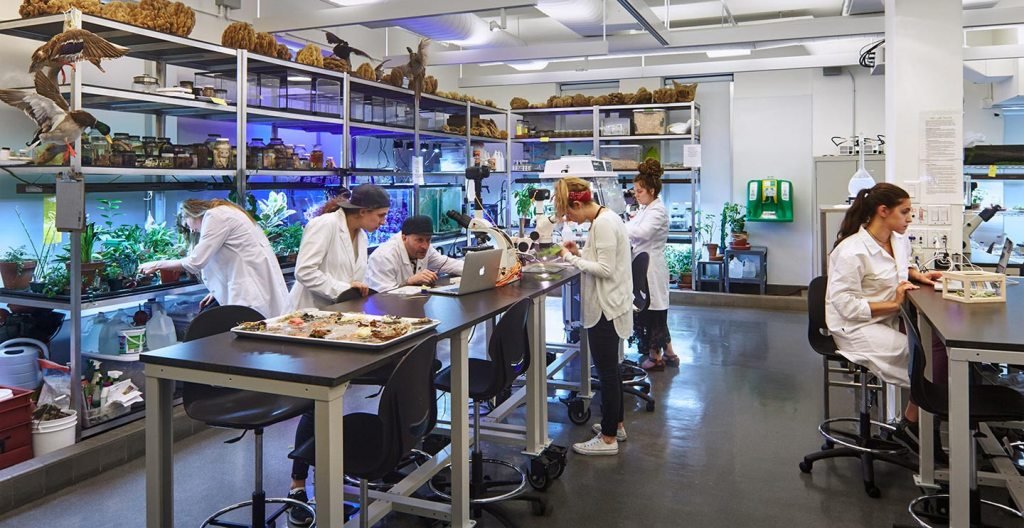Medical illustration is relatively in demand, but there is only a small portion of top educated artists in this profession. According to the Association of Medical Illustrator (AMI), there are only about 2,000 practitioners in North Carolina and the rest of North America.
In general, the primary duty of medical illustrators is to work conjointly with physicians and scientists to produce visual content for magazines, films, journals, and books. Plus, medical illustrators undergo training programs or go to a medical arts school Raleigh NC, to gain the qualification to practice.
More often than not, a medical arts school in Raleigh, NC can help medical students in the fields of surgical or medical device illustration, mechanism animation, and augmented or virtual reality simulation.
Industry experts believe that the role of medical animators and illustrators in health literacy and patient education initiatives are becoming more pronounced with more people demanding information about their bodies.
A CNN reported further corroborated this claim, citing that more patients even go the extra mile of filing complaints with the Office of Civil Rights to get access to their information.
How Many Years Does It Take To Become A Medical Illustrator?
In most cases, medical illustrators have a master’s degree in medical illustration or animation from a graduate school certified by the Commission on Accreditation of Allied Health Education Programs (CAAHEP). Keep in mind that there are no undergraduate degrees available for medical illustration.

In other words, students must complete undergraduate studies in a related discipline like biology or fine arts. Generally, medical illustration takes about two years and includes coursework like sketching methods, medical procedures, multimedia techniques, and human anatomy.
Moreover, students will also learn about medical simulation trainers and the development of sculptured anatomical models. Usually, students will use 3D materials in developing routine prosthetic implants for people affected by disfigurements.
Why Is Medical Illustration Important?
The ability to teach and inform patients about the progression of a specific disease is perhaps the reason why medical illustration is essential.
A medical illustration illuminates and provides families, patients, and educating members with pictorial information about surgical procedures, making it easier for anyone to understand the complex world of anatomy.
Besides that, medical illustrators also develop models of body parts which can further be used for seminars, lectures, and textbooks for students to observe. Unlike a typical drawing, a medical illustrator chooses media and techniques carefully to simplify details and display relationships between the system and the body.
How to Choose the Best Medical Illustrator School?

Choosing the right medical illustrator school is imperative to your success. Thus, it is essential to define your career goals and look for educational institutions that provide sufficient resources and opportunities to further your career.
Check out the faculty of your chosen university and research about their industry experience. If possible, schedule a visit to the school to better understand the environment and their teaching styles.
Observe classes and always ensure that teachers engage their students and provide relevant insights that demonstrate tremendous knowledge in the industry.





